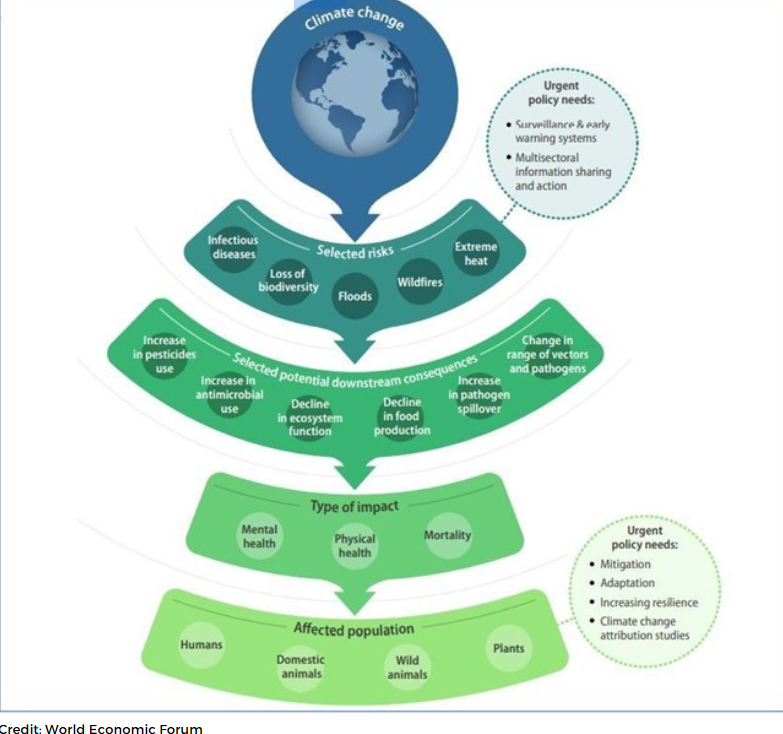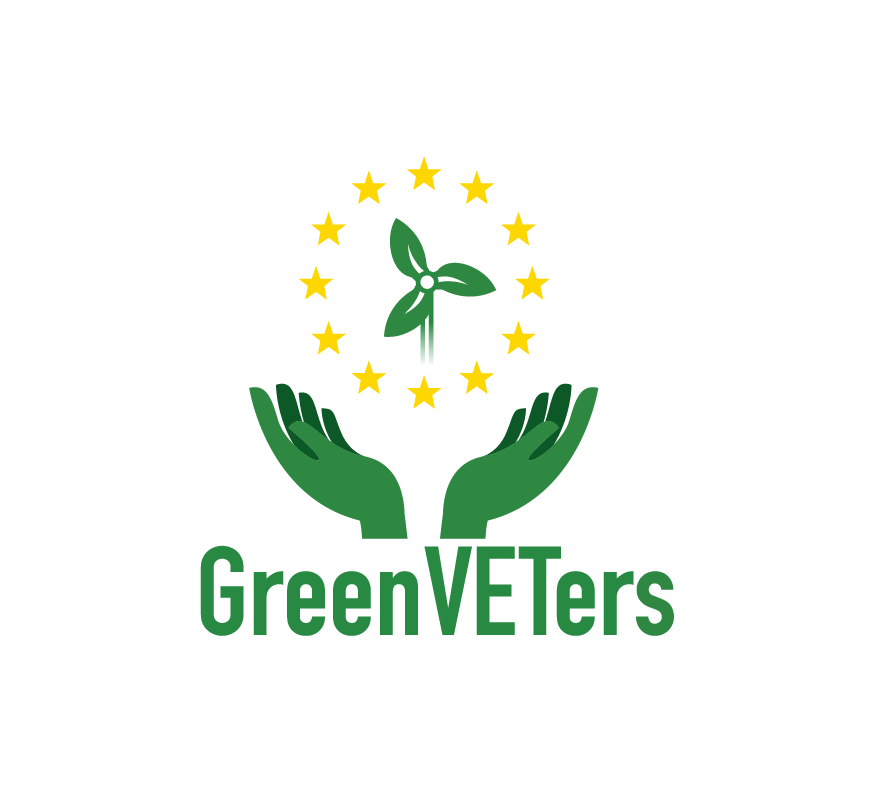2011-2020 was the warmest decade recorded. In 2019, the global average temperature reached 1.1°C above pre-industrial revolution levels. Human-induced global warming is increasing at a rate of 0.2°C per decade. But what causes global warming?
In the previous sector, we briefly talked about the Greenhouse Effect. It is essential to clarify that the Greenhouse Effect is not inherently bad. The complete opposite is true. Without the Greenhouse effect, the temperatures would be cooler, and many life forms would freeze. The Greenhouse Effect is crucial to life as we know it, making the Earth’s temperature suitable for living.
How does it work exactly? During the day, the Sun shines through the atmosphere.Earth’s surface warms up in the sunlight. At night, Earth’s surface cools, releasing heat back into the air. But some of the heat is trapped by the greenhouse gases in the
atmosphere. That’s what keeps our Earth warm and cosy 14 degrees Celsius, on average. However, human activity is causing a lot more greenhouse gases to be released into the atmosphere and as a result, more heat is trapped. Consequently, the
earth’s temperature is increasing too much. Greenhouse gases have been identified as the biggest factor contributing to global warming.
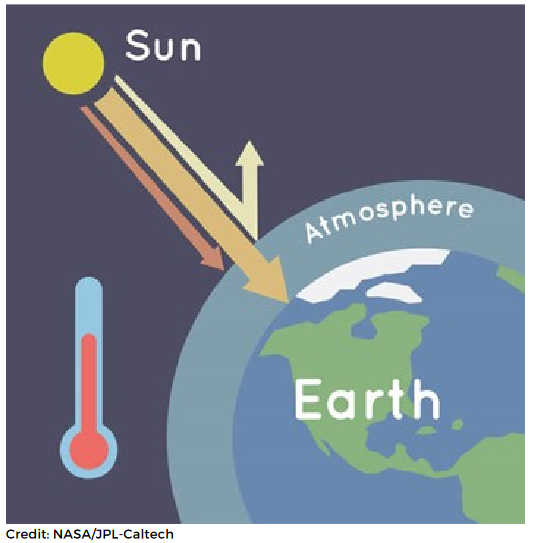
Let’s see below how these gases work in the atmosphere.
Water vapour is abundantly found in the earth’s atmosphere and contributes more to the greenhouse effect than any other greenhouse gas. However, unlike the rest of the greenhouse gases, it does not control the earth’s temperature. Contrary, it is the earth’s temperature that controls the amount of vapour in the atmosphere.
Since warmer air retains more moisture, the rise of the earth’s temperature leads to more vapour in the air, retaining more heat. And thus, a positive feedback loop is created. The loop is presented in the diagram below.
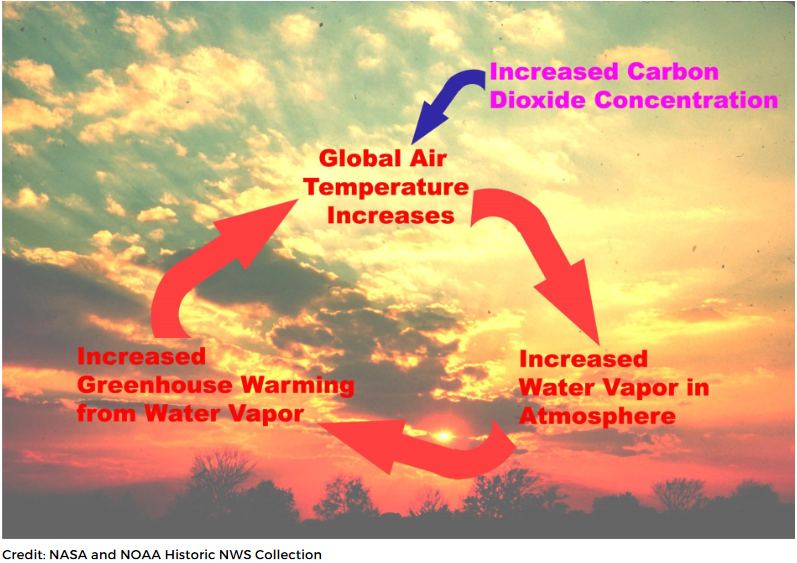
Carbon dioxide (CO2) is the most significant of the greenhouse gases. Out gassing from volcanoes, the combustion of all carbon-based fuels, from organic matter’s natural decomposition, and aerobic (oxygen-using) organisms’ respiration, CO2 is widely
considered the ‘king’ of the greenhouse gases, and because of human action, its concentration in the atmosphere has doubled since the beginning of the industrial revolution. CO2 sources are typically counterbalanced by a collection of “sinks”—a collection of physical, chemical, or biological processes—that remove CO2 from the atmosphere, such as terrestrial vegetation, which absorbs CO2 through photosynthesis.
Burning fossil fuels—primarily coal and oil, and secondarily natural gas—for transportation, heating, producing electricity, and manufacturing cement- are the main ways human activities raise atmospheric CO2 levels. The burning of forests and land clearing are examples of additional anthropogenic sources.
Methane (CH4), is a hydrocarbon that is a primary component of natural gas. Methane is the second most abundant anthropogenic greenhouse gas after carbon dioxide (CO2), accounting for about 20% of global emissions. It is particularly potent at sustaining heat in the atmosphere.
In fact, it is 25 times stronger than carbon dioxide in that aspect. As with CO2, human activity is raising the concentration of CH4 faster than natural sinks can reduce it. Approximately 70% of all annual emissions are currently attributed to anthropogenic
sources, which has resulted in significant concentration increases over time.
Rice farming, livestock farming, burning coal and natural gas, burning biomass, and decomposition of organic matter in landfills are the main anthropogenic sources of atmospheric CH4.
Additional trace gases produced by industrial activity that have greenhouse properties include nitrous oxide (N2O) and fluorinated gases (halocarbons), the latter including sulfur hexafluoride, hydrofluorocarbons (HFCs), and perfluorocarbons (PFCs). Nitrous oxides have small background concentrations due to natural biological reactions in soil and water, whereas the fluorinated gases owe their existence almost entirely to industrial sources.
An important anthropogenic radiative forcing of climate is the production of aerosols.The word aerosol means ‘atmospheric particulate’, but during the 80s and 90s, the media used it as a reference to spray cans that released chlorofluorocarbons (CFCs)
and in more recent years hydrochlorofluorocarbons (HCFCs). CFCs’ most widely known side effect is their damaging properties to the ozone layer. Their negative influence does not stop there. Despite them not having a significant impact on the overheating
of the planet, they do cause changes in the climate of the planet by affecting rain patterns and altering winds and atmospheric circulation.
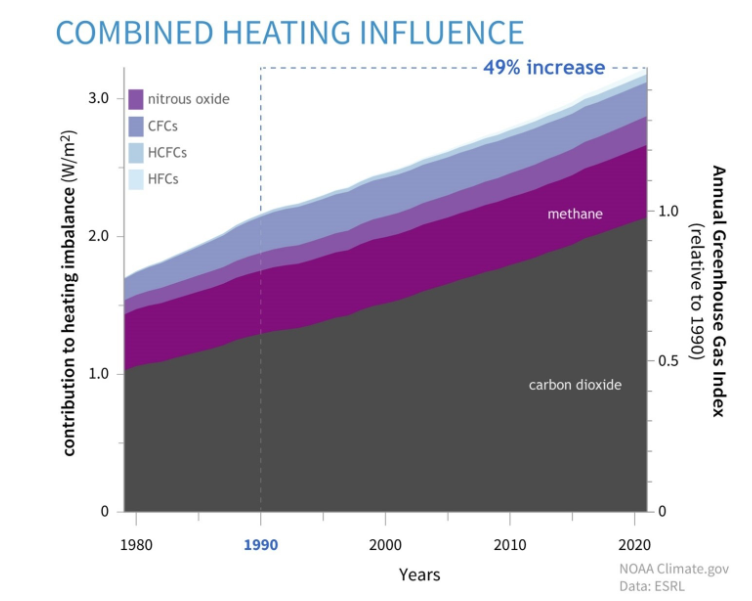
Causes for rising emissions
- Burning coal, oil and gas produces carbon dioxide and nitrous oxide.
- Cutting down forests (deforestation). Trees help to regulate the climate by absorbing CO2 from the atmosphere. When they are cut down, that beneficial effect is lost and the carbon stored in the trees is released into the atmosphere, adding to the greenhouse effect.
- Increasing livestock farming. Cows and sheep produce large amounts of methane when they digest their food.
- Fertilizers containing nitrogen produce nitrous oxide emissions.
- Fluorinated gases are emitted from equipment and products that use these gases.
Effects of Climate Change
- Hotter temperatures. As greenhouse gas concentrations rise, so does the global surface temperature.
- Ice is melting at the North and South Poles, causing many animals such as polar bears, seals, and penguins to lose their habitat.
- Increase extreme weather phenomena such as storms, heat waves, droughts, and floods.
- A warming, rising ocean threatens many species of marine life while also threatening Earth’s coastal areas and islands.
- Trees and plants blossom much earlier in the year.
- Extinction of many species of insects and animals. Loss of biodiversity and collapse of whole ecosystems.
- Reduction of food production due to extreme weather conditions.
- Health risks on humans due to low quality of air.
- Poverty and displacement.
